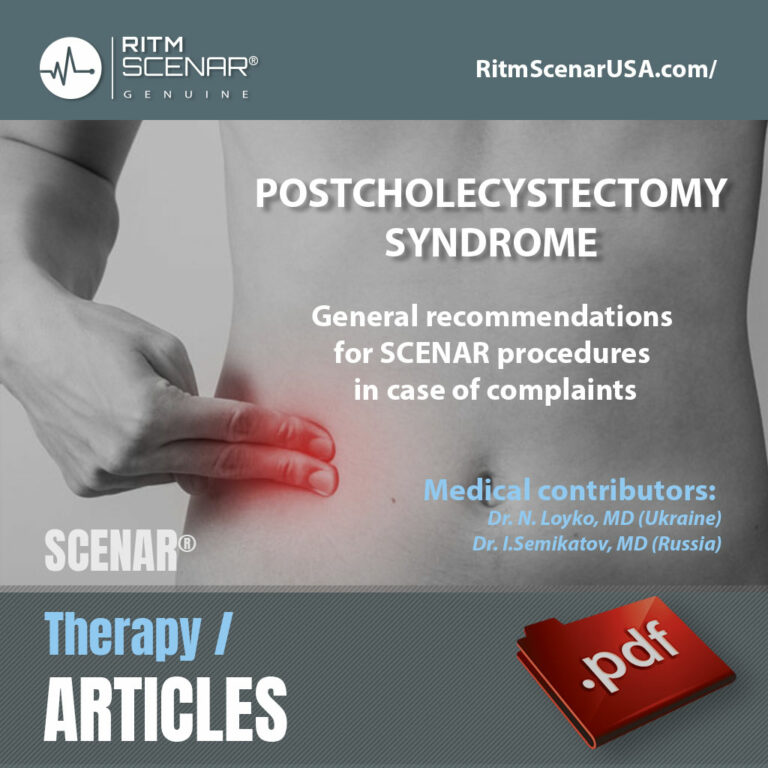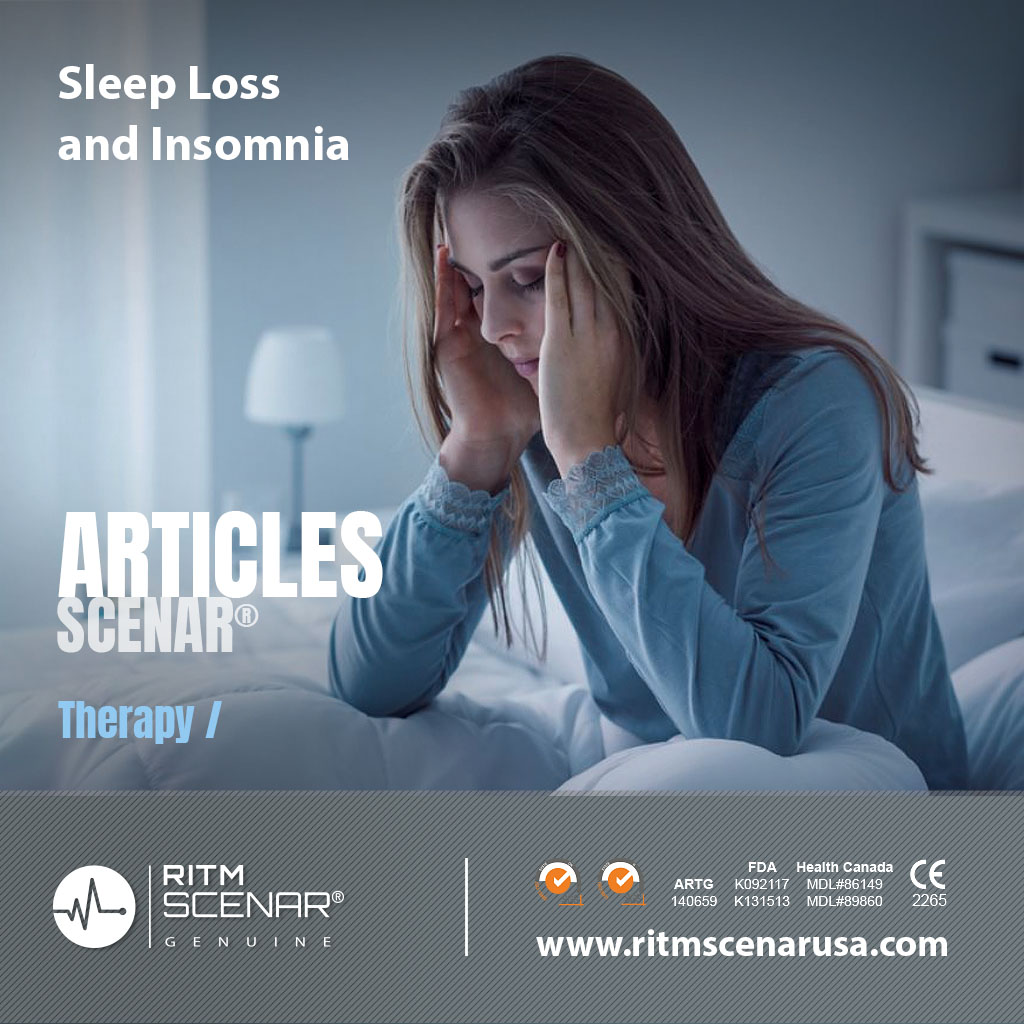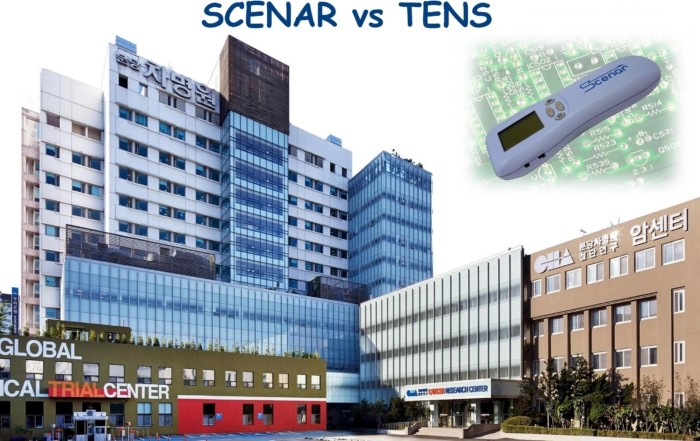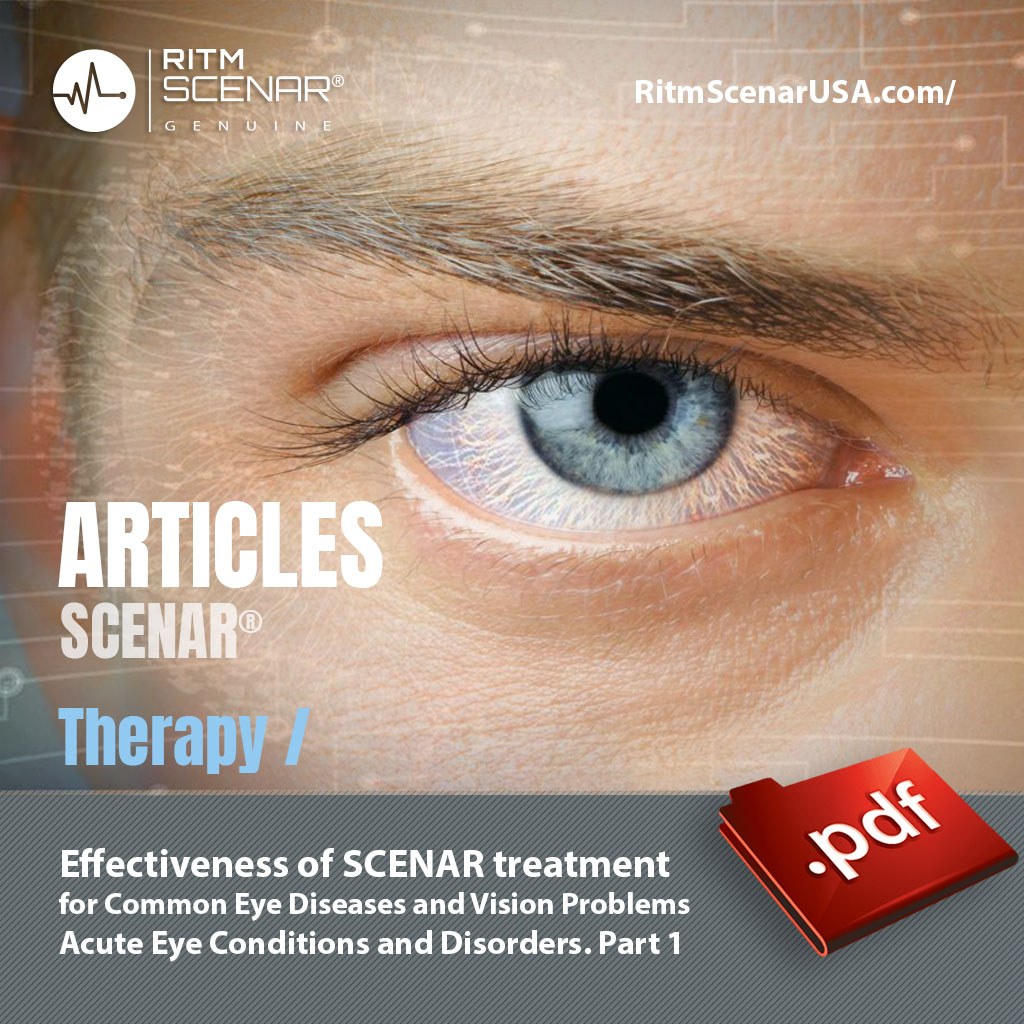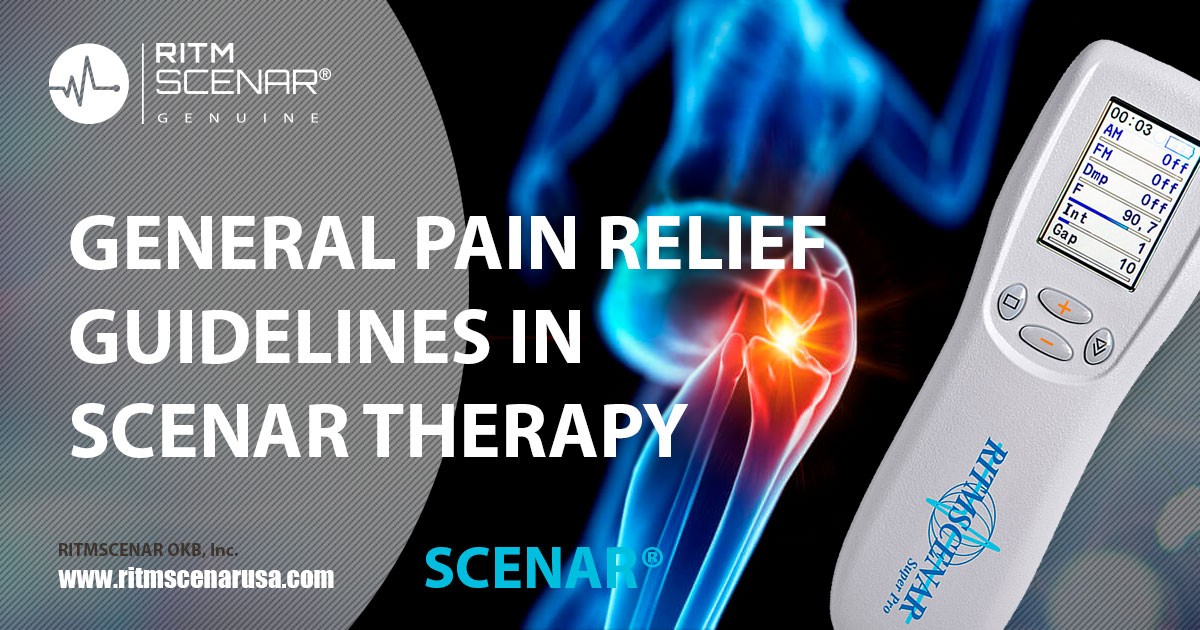General recommendations for SCENAR procedures in case of complaints
Medical contributors: Dr. N. Loyko, MD (Ukraine)
Dr. I.Semikatov, MD (Russia)
Cholecystectomy is a surgical removal of the gallbladder.
The reason for the surgery may be:
- acute cholecystitis (inflammation of the gallbladder),
- chronic cholecystitis with recurring exacerbations,
- Blockage (obstruction) of the bile duct with gallstone disease (presence of stones in the gallbladder).
Conditions that can form after cholecystectomy:
- Postoperative abdominal pain – constant or periodic, of varying intensity. It can be localized in the projection of the surgery. This pain appears as a result of the surgery and can hurt up to 4 weeks after it.
- Postcholecystectomy syndrome (PCES or dysfunction of the sphincter of Oddi) is a set of clinical symptoms that appear when the function of the biliary system is dysfunctional. PCES occurs in 40-45% of operated patients as a result of a decrease in the adaptive capacity of the body for various reasons. There is a change in the contractile ability of the sphincter of Oddi, which makes it difficult for bile and pancreatic juice to enter the intestines.
Clinical signs of postcholecystectomy syndrome can be:
- Pain – constant or periodic, of varying degrees of intensity, which can occur immediately after the operation, after months, and sometimes even after some years. Usually pains are localized in the epigastric region and (or) in hypochondria, more often in the right.
- Dyspeptic manifestations – may manifest as nausea, vomiting, bloating and rumbling in the stomach, belching, dryness and bitterness in the mouth, heartburn, unpleasant, sensations after eating fatty foods, diarrhea, the appearance of fat in the feces.
- Psycho-emotional disorders – internal tension, anxiety and fear, irritability, or emotional lability.
- Possible fever, chills, tachycardia, jaundice and itching.
- Possible gradual development of general asthenization and hypovitaminosis of the body, which manifest themselves as weakness, fatigue, drowsiness, apathy, decrease appetite, stomatitis, cheilitis, significant weight loss, etc.
